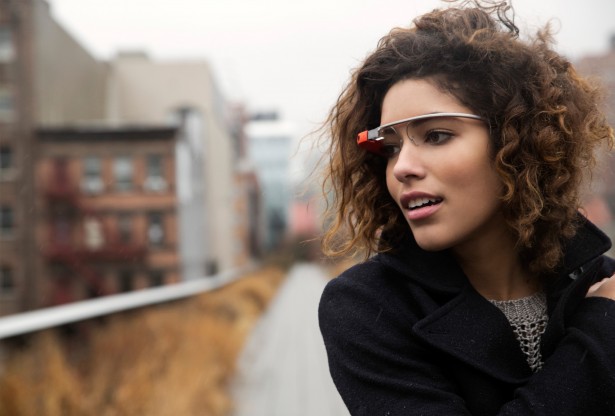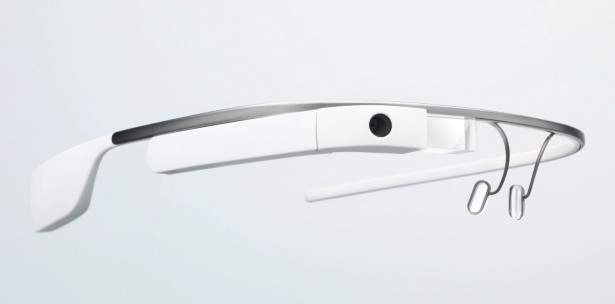
I’ll admit it. I’ve never really been a big fan of the concept of Google Glass – the futuristic goggles that act as a smartphone for your face. The idea feels uncomfortably dystopian; something that belongs in a sci-fi movie. In fact, I’m still completely against the idea of eBooks. I want to feel the words and pages of Steinbeck and Thoreau in my hands and not scroll through them on a screen. So naturally, when I first heard about the Glass, I couldn’t help but get chills down my back at the idea of everyone walking around with futuristic goggles on their faces. No thank you.
Like most things in life, that all changed in a matter of minutes – kind of. This morning instead of reaching for my worn copy of East of Eden, I reached for my phone and watched for the first time, a two-minute video showing the core functionality of Google’s Glass concept. Essentially, the basic functions of the Glass are meant to feel as simple and sleek as the design itself. In my opinion, when you’re able to bring design and functionality full circle like that, you’ve done something right.
Among the features of the glasses is the turn-by-turn GPS capability that appears semi-transparently in the top left-hand corner of the wearer’s line of sight. This is clearly a revolutionary, safer, innovation in GPS. Another interesting feature is the camera function that gives the wearer a lightweight Go-Pro type experience, all while recording the most realistic POV imaginable.
Even with these practical features I’m not entirely sold on the idea. The video is incredibly persuasive – the last scene is a shot of my hometown from a hot-air balloon. Even with all the visuals aside, I can’t completely bring myself to feeling like they’re necessary. The human connection is the most powerful tool we possess, and it’s still to be determined if this new technology will help or hinder that tool.

(Photo credits: Slash Gear)
Think people should hear about this?